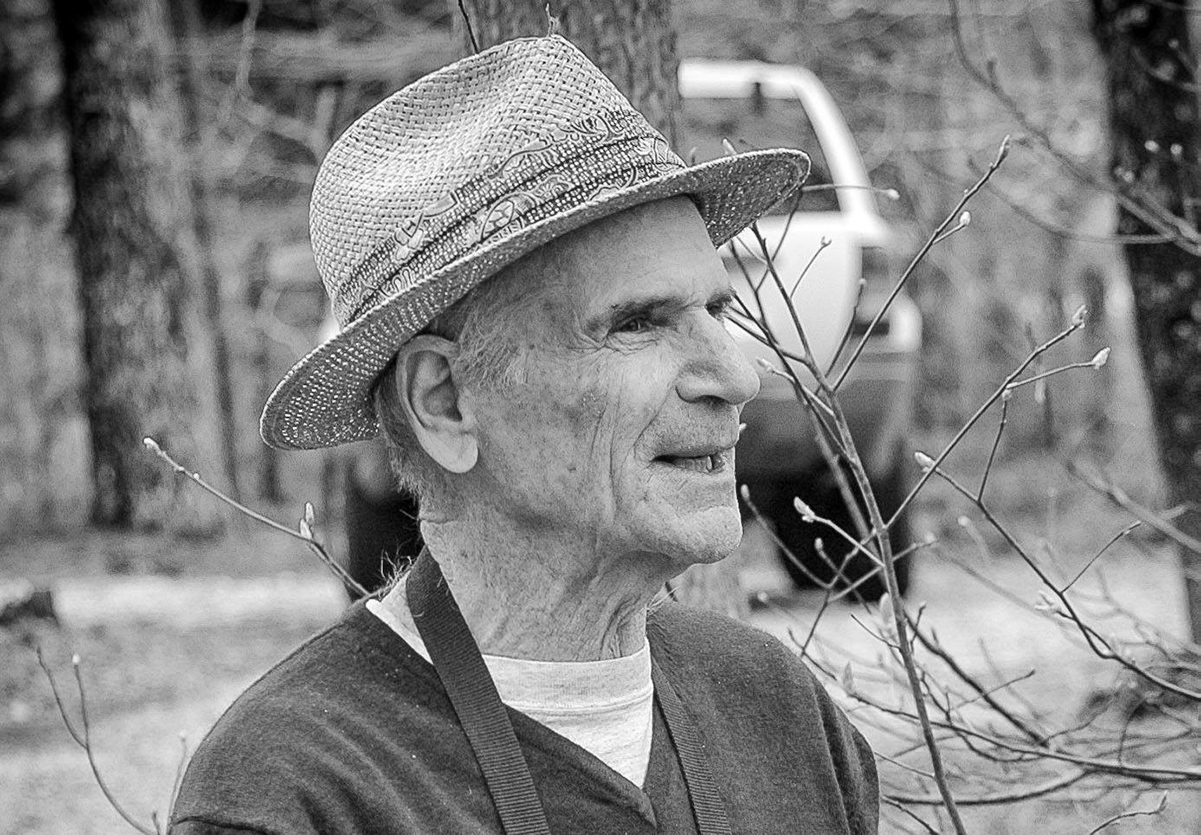
How a curious graduate student’s findings contributed to our fundamental understanding of immunology, leading to countless new discoveries and practices in biomedical science and agricultural science.
“Good question. You find the answer.”
That is what 2018 Golden Goose awardee and then-graduate student at Ohio State University, Bruce Glick was told by his advisor in 1952 when he asked the name of a gland he removed from a goose. Bruce accepted his mentor’s challenge to discover the gland’s role in the bird’s anatomy. Little did he know his inquiry could go on to have a tremendous impact on modern immunology.
The gland in question was the bursa of Fabricius, named after a 17 th Century Italian anatomist who first wrote of the gland many years before. The sac-like organ was initially thought to have little biological consequence and Glick’s early experiments proved uneventful; removing the gland failed to show any significant effect. That is, until serendipity intervened.
A fellow graduate student at Ohio State, Timothy Chang, needed birds to demonstrate to an undergraduate class antibody production against Salmonella. Glick provided the birds for the class, including many that lacked their bursas of Fabricius from his previous experiments.
Over the course of injecting the birds with Salmonella, Chang and Glick found that those lacking the gland failed to produce antibodies to fight the Salmonella. The researchers also observed that those birds with their bursas of Fabiricius intact did produce antibodies. A larger follow-up study confirmed the original finding that removal of the bursa of Fabricius inhibits antibody production, a key biological function to defend against viruses and disease. Additional work in the Glick laboratory and other research facilities over the years revealed several structures or “bursa equivalents” or fundamental immune mechanisms in mammals, including humans.
Based on Glick’s work, scientists later used radiation and other techniques to demonstrate that the bursa and its equivalents control immune responses associated with circulating antibodies (a.k.a humoral immunity), while the thymus controlled cellular immunity. Isolating immune defects to either the thymus or the bursa equivalents has helped identify human immunodeficiency diseases – including cancer – enabling advances in treatments and therapies.
The innovations resulting from Bruce Glick’s initial inquiry may have never been realized if it weren’t for support awarded by the U.S. Department of Agriculture’s National Institute of Food and Agriculture. Like the many Golden Goose Awardees before him, Dr. Glick conducted research on our behalf, and his seminal work laid the groundwork for countless other researchers who followed.
Last month, we honored the late Bruce Glick for his tremendous contributions at the 2018 Golden Goose Award ceremony. We were privileged to have his children, grandchildren, and great grandchildren in attendance to honor his legacy. The annual award recognizes researchers whose federally-funded work has gone on to have remarkable societal impact. Dr. Glick’s story is just one of many scientific success stories and his research demonstrates that federal research investments pay off.